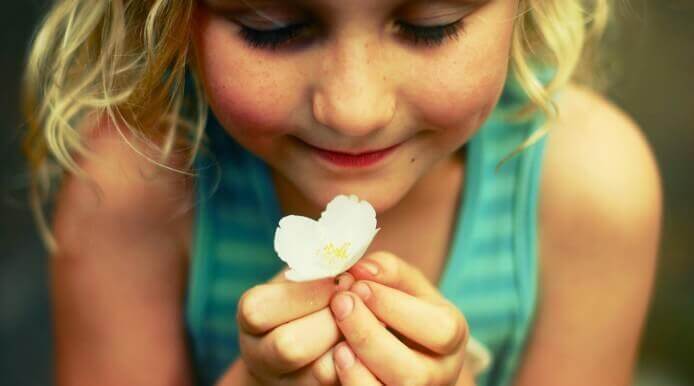Expressing one’s emotions in childhood is extremely important. Don’t cry, do you need to be brave? They are very common expressions that adults use to alleviate the suffering and discontent of children and that is that, although they seem to work at that time, in the long run they help them learn not to express what they feel and that silence can have serious implications for their psychological and social development.
Ignoring or denying children’s emotions is dangerous behavior, it is better to avoid it if we want your emotional health and your relationships to evolve positively. Your thoughts and emotions are important, even if they are still immature.
- In reality your world is as important as ours.
- As well as your perceptions and feelings.
- They need our support so that little by little they become better known.
- We will immerse ourselves in the beautiful task of teaching children to understand and express the emotions of childhood.
Anger, sadness or irritation of children are natural responses that can have many causes: from the incomprehension of what is going on to the frustration of not getting what they wanted or a simple tantrum. One way or another, all these emotions carry a message, in addition to the discomfort, that must be understood and released.
Rejecting children’s negative emotions means teaching them to drown in their discomfort.
If instead of translating your children’s tears, crying or discomfort to understand what is happening to them, you reject or neglect their emotions, you help them not to express them, we will also reject your identity and demand ideal behavior for us. , based on the fear and denial of your emotions.
If we suppress our children’s emotions, they will become adults unable to manage emotional language, both with themselves and with others, thus limiting their well-being. The development of emotional intelligence will also be reduced because, as psychologist Daniel Goleman says, knowledge and feelings themselves is the cornerstone of emotional intelligence: the basis on which personal growth is based.
We don’t know exactly how to educate children to identify, express and snever their emotions, especially those considered negative, such as anger, irritation or sadness, we believe that if they express this kind of emotion they will be rude, rude or aggressive The problem is that if we don’t teach them how to connect with their emotional world, they will never understand each other and will not be able to handle how they feel.
So if we want to raise emotionally intelligent children, we must start by allowing them to express their emotions, which will contribute positively to their emotional health. Otherwise, the discomfort will gradually invade them until they express themselves in a negative way, making them prisoners of their own emotions.
Expressing anger or feeling of sadness relieves, heals, helps you continue and understand yourself. That’s why it’s so necessary. In addition, if children learn to express their emotions from an early age, they will become emotionally healthy adults. We must not forget that investing in children’s emotional education is investing in the future of adults.
It is important to tell children that all emotions are necessary
Children can express their feelings and channel their negative emotions in many ways, from crying to the process of identifying their feelings step by step.
The important thing is to be aware that this is your need and that we cannot respond with anger, criticism, uncontrollability or threats, if we are not your support and support in a situation of discomfort will hardly be held accountable alone, especially during the first few years. A child needs a peaceful environment, not people who feed their irritation.
We need to have a supportive and empathetic attitude that will help you identify how you feel, what the causes of these feelings have been and how you can release your emotions, in this way, we will gradually enhance your ability to emotional regulation.
To help them identify the emotion they feel, we can teach them the facial expression, body movements, and tone of voice that correspond to each emotion.
We should not argue with children when they are angry or when their emotions overflow, they may be suggested to express how they feel to unlock the discomfort, but it is better to wait a few minutes to talk until they calm down.
At this stage the dialogue will be much more fluid and we will be able to encourage them to express what they think and need to calm down, and it is important to understand that when they speak, they find an opportunity to think better and act. more appropriately The rule is not to offend or hurt others.
A technique widely used for children to learn to regulate and express their emotions is the technique of traffic light, the goal is for children to associate the colors of a traffic light with their emotions and behaviors, for this we can draw a traffic light and explain is in this way:
Another technique that usually works to avoid your discomfort is to ask them to draw their anger, so that after saying everything they need, they can finally break the drawing (a symbolic way to end the anger, since you heard your message). also count to 10, walk away or take a deep breath.
After all this, we can reflect with them on the causes that made them feel this, how they can channel it and what are the ways to solve what happened, this will promote your consciousness, regulation and emotional responsibility.
Expressing emotions in childhood, whether positive or negative, is something every child should do. The problem is, most of the time, they just don’t know how to do it. The important thing is that we help them express them from a positive emotional education, based on understanding and affection.

